Have you ever come across the term OCTG? If you’re in the plumbing industry, perhaps you’ve heard this word among your colleagues. So, if you want to learn what is OCTG pipe in general, stay on this page and uncover its meaning, key features, main uses, and other relevant information.
Uncovering what an OCTG pipe is
OCTG stands for Oil Country Tubular Goods, which then refers to the pipes used by industries manufacturing oil and gas. This selection of metals can be installed onshore or offshore, depending on the company.
Because of the nature of its use, OCTG pipes are created in accordance with the American Petroleum Institute (API). This renowned trade association encompasses the oil and natural gas industries, trailblazing the creations and advancements of key petroleum and petrochemical elements.
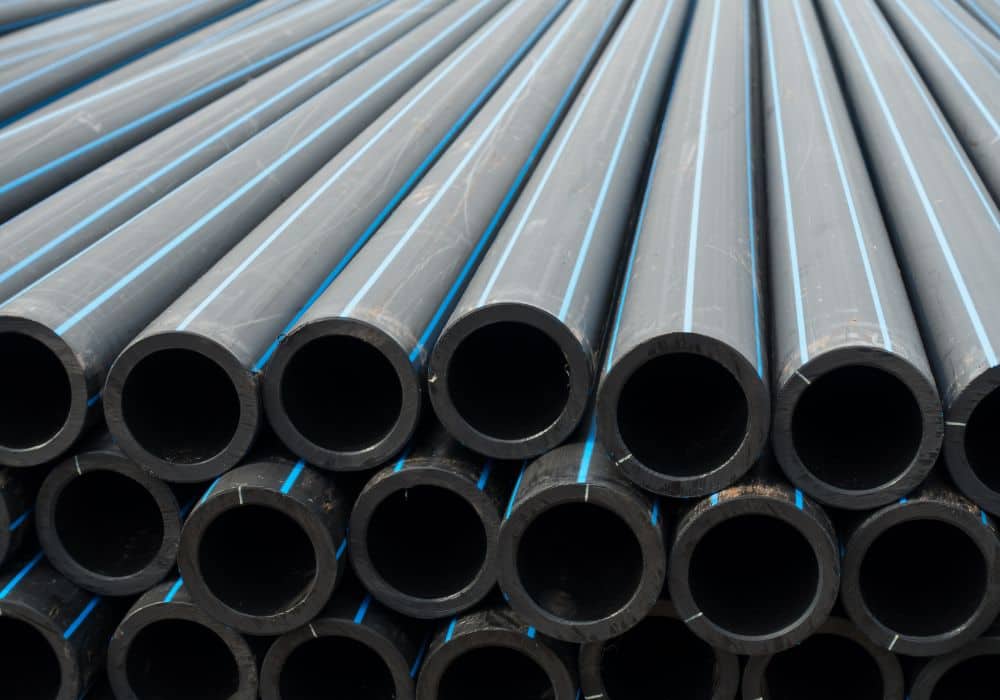
1. Physical characteristics
OCTG pipes are built under the specific guidelines drafted by API. At present, there are over ten different OCTG grades, which largely vary according to the materials used. The variations in the physical properties often stem from different chemical compositions and the process of heat treatments.
2. Key composition
Generally, these are made from chromium and manganese, which are very solid and cohesive alloys. But in recent years, many now capitalize on OCTG pipes that have both alloy and molybdenum features to help in resolving the risk of sulfide stress cracking.
3. Different variations
Moreover, these come in many sizes, with unique lengths and thicknesses. The finish of the pipes also differs, either welded or seamless. Aside from the physical characteristics, there are OCTG pipes created for specific performance. Thus, it’s important that you are able to identify the main types of OCTG pipes.
Learning the major functions of OCTG pipes according to their type
OCTG is divided into four types. Each of these types highlights a specific set of properties and functions, which you need to understand so you can distinguish them from one another.
1. Drill pipes
The first on the list is the OCTG drill pipe. It is a durable and heavy pipe used to penetrate the ground’s surface. These kinds of pipes are generally used during the initial phase of a wellbore, which is a hole created for the acquisition of natural elements such as petroleum and other gas.
During the drilling process, this seamless pipe is placed at ground level so it can easily infiltrate the surface. Then, it pivots a bit so it breaks into the rock or land. Often than not, drill pipes work on high torque, internal pressure, and axial tightness for effective fluid purging.
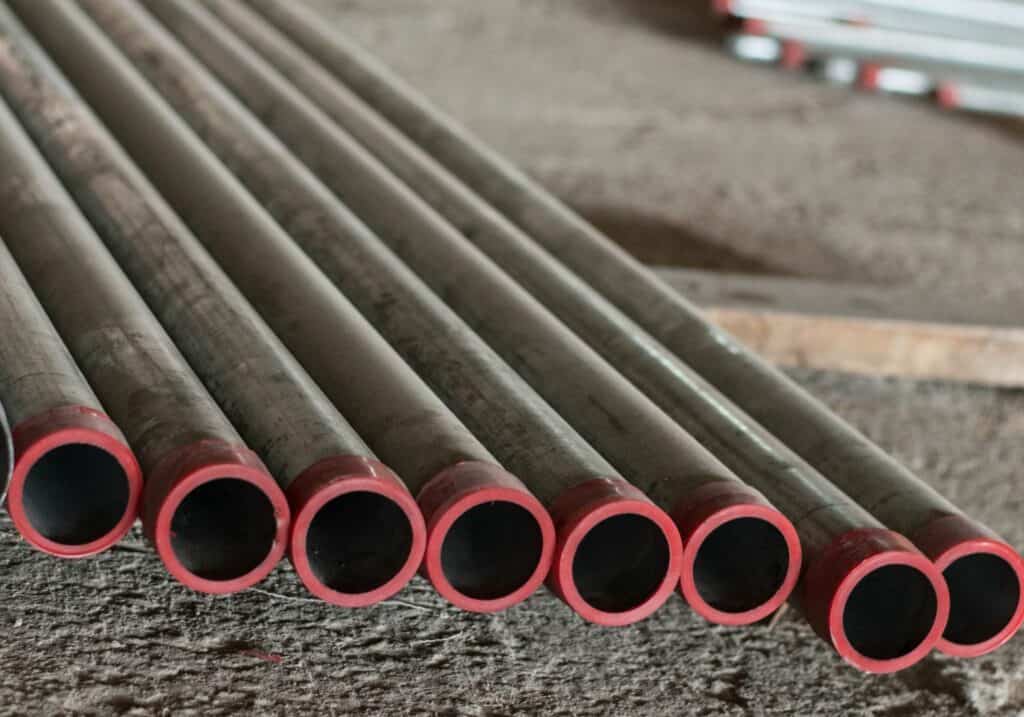
More so, these pipes are generally hollow to ensure that the fluid is driven out to the annulus, the space surrounding the two concentric materials, or the piping tubing. The annulus is a key part of an oil well or water well as its flat shape properties allow the drilling fluid to circulate smoothly.
Aside from the annulus, a drill pipe consists of the tube body and tool joint. Meanwhile, the pipe joints are categorized into ranges 1, 2, and 3. And as to the sizes, OCTG drilling pipes have a lot of varieties, from their sizes to wall thickness.
Furthermore, the pipes are expected to conform with the API specifications, particularly the 5DP and SPEC 7-1. The creation of drilling pipes according to the API standards is very important as these need to endure the underground tension during the process of drilling.
2. Casing
The next type is the casing, a pipe that is characterized by its big breadth. This large diameter pipe is amassed and then implanted into a wellbore. In general, the casing remains stationary while adding cement.
Casing takes up a crucial role in protecting the soil while also supporting the flow of fluid or oil. It ensures the safety of the groundwater from possible contamination. Additionally, this helps in stabilizing the wellbore, preventing fluid loss, providing a solid upper foundation, and ensuring a smooth internal bore.
Other functions of a casing pipe include effective isolation of different zones with varying pressures and proper sealing of zones with high pressure to avoid dangerous blowouts. A key comparison between a drill pipe and a casing pipe is the inclusion of external pressure being managed by the latter.
Aside from the axial tension that takes into account its dead weight as well as the significant internal pressure, most casing pipes have to deal with the external compression from their surroundings. These may include rock formations and different sediments underground.
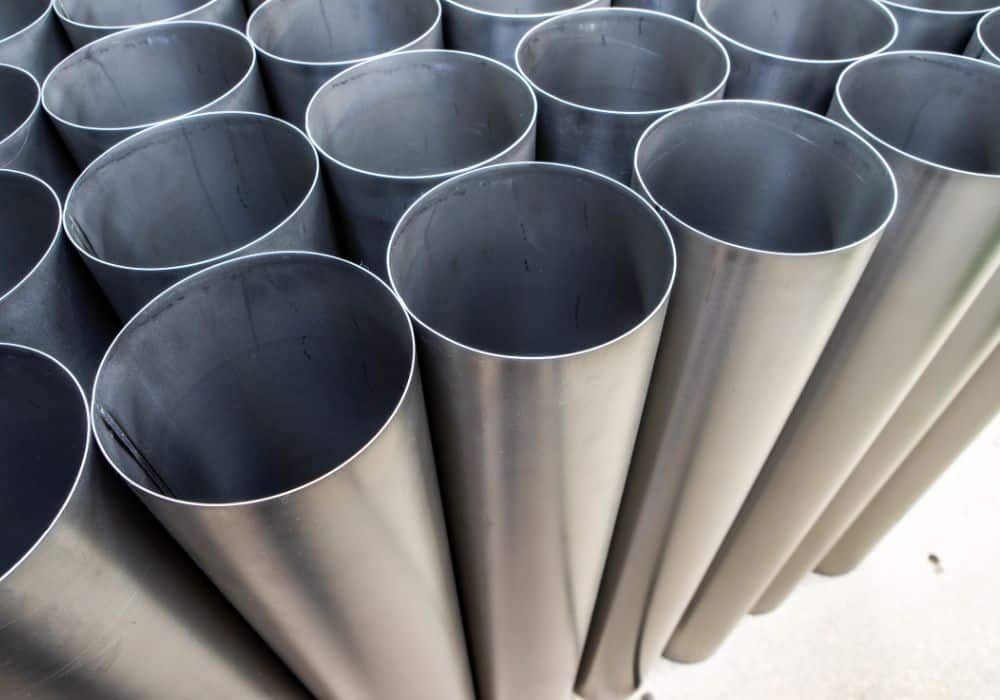
With its importance, casing pipes should be sturdy to withstand the compression force during the pipeline process. Its durability safeguards the well from collapsing and warrants that the drilling process is accomplished effectively. As an integral element of the process, you need to pick the right diameter size.
Most casing pipes have diameters ranging between 4.5″ to 20″. Likewise, there are various kinds of casing pipes such as conductor casing, production casing, and liner tieback casing, among others. And steel casing pipes are normally referred to as API 5CT.
These particular OCTG pipes also have different common grades, including J55, N80, T95, L80, P110, and the like. As to the prices, steel casing pipes are mostly cheaper than drill pipes and tubing pipes.
3. Tubing
Moving forward, there’s the tubing pipe, which is considered the plainest among all other OCTG pipes. Although its properties are quite simple, it’s still a pivotal element in the drilling process, most especially because it’s tasked to transport the elements from the hole to the surface.
Tubing pipes are the materials that go through the casing pipe, serving as the tube where the elements such as crude oil, natural gas, or fluids are carried on the ground. After the extraction, it then carries the pumped oil or deposits from the producing formation to the facilities for further checking.
During transportation, many add drill pipe protectors to the tubing pipes to safeguard the oil from corrosion. These materials have corrosion resistance to guarantee that there’s no potential contamination of oil during the transportation and storage stages.
And to accomplish all the tasks, tubing pipes are expected to have sturdy properties to endure the pressure as well as cope with the heavy loads and possible deformations due to production. And to ensure a durable material, the process of manufacturing tubing pipes is way more complicated.
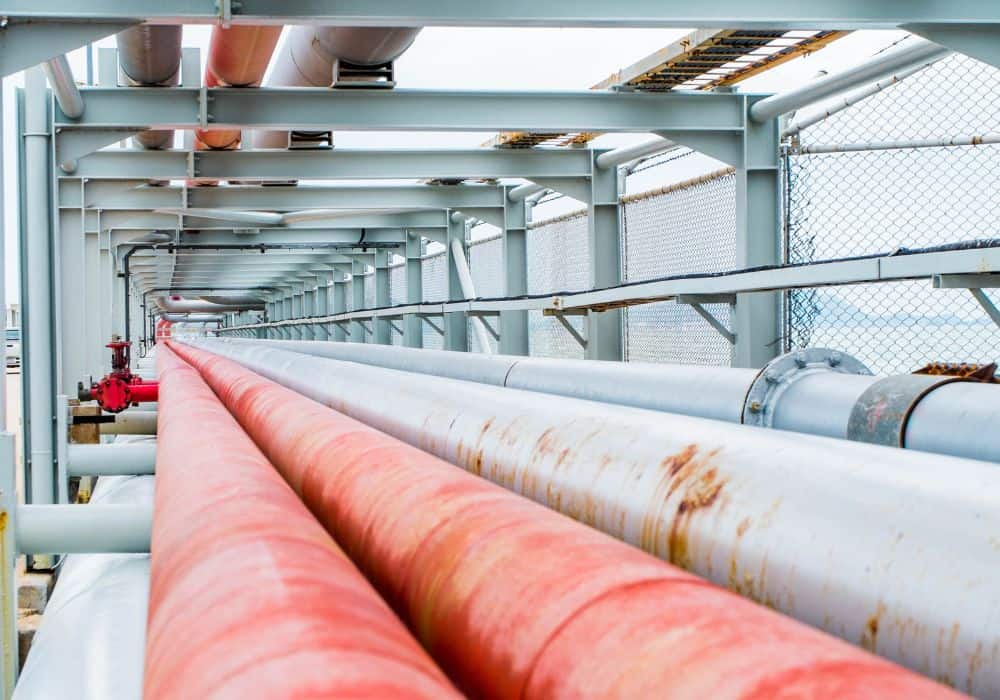
It follows the normal creation of drill pipes, with the addition of upsetting, which is the process wherein the pipes are thickened. These are then categorized into different sizes, normally between 1 1/4” to 4.5”.
More so, tubing pipes are generated in segments that are approximately 30 ft. Plus, these may have threaded connections so that drill pipe connectors can be easily attached.
4. Line pipes
Lastly, line pipes are normally made of solid high-carbon steel to effectively transport deposits like oil, natural gas, or petroleum. Just like all OCTG pipes, these are manufactured in accordance with API. Meeting the API requirements is vital to ensure the quality of the process and safety in the workplace.
Thus, several pipe manufacturing companies follow the API 5L standards for steel chemistry, dimensional properties, and toughness when making line pipes. On the other hand, OCTG line pipes vary in diameter, some as small as 2 inches while others as big as 48 inches.
Aside from the physical composition and size, line pipes can be a seamless tube or welded carbon steel. There are also some pipe ends that are plain and some that have beveled, flanged, threaded, or grooved trimmings. And since line pipes are part of the OCTG family, these are molded to withstand high pressure.
Getting to know the OCTG connections
Aside from the major types of OCTG pipes, you also need to comprehend the primary OCTG connections. There are actually three divisions created that should all comply with the API standards. The first one is the API OCTG connections, which are those that meet or even exceed the standards set by API.
The other categories are the semi-premium and premium connections. These are pipes that go beyond the API standards, allowing them to function in more complex environments and even harsher settings.
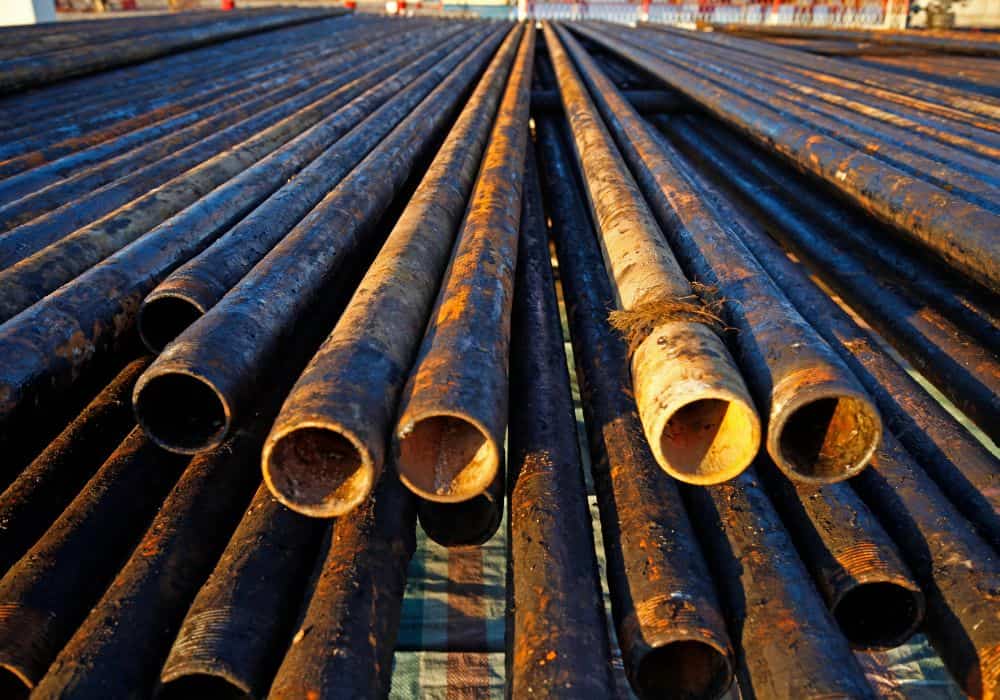
Exploring different OCTG pipe manufacturers
With the hundreds or perhaps thousands of options in the market, choosing the best supplier of OCTG can be a tough challenge. Therefore, you need to figure out the key elements of a quality OCTG pipe, whether you’re planning to purchase drill, tubing, casing, or line pipes.
As a general rule, the OCTG pipes should meet the requirements set by the American Petroleum Institute. It is also pivotal for manufacturing facilities to follow the ISO 9001 guideline, which takes on the core quality management system requirement.
Therefore, it’s highly recommended to choose a supplier or distributor that comply both API and ISO so you save money and effort on unwanted repairs. Not only that but picking a renowned manufacturer with a solid reputation ensures excellent and lost-lasting OCTP pipes.
Conclusion
Now that you have a thorough grasp of what an OCTG pipe is, it will be easy for you to distinguish them from other pipes. More so, having a solid understanding of the OCTG pipe types helps you in choosing the best option for your needs.
